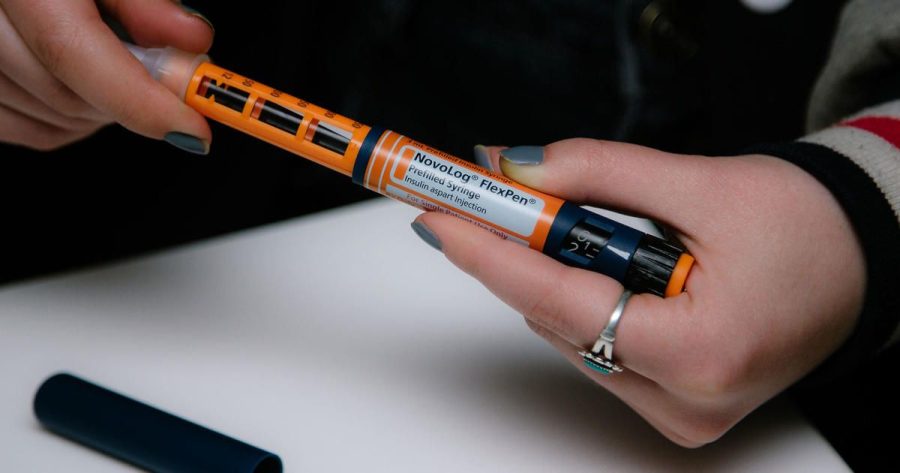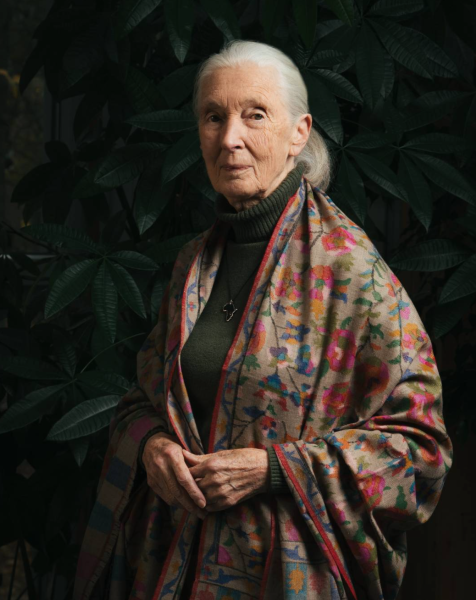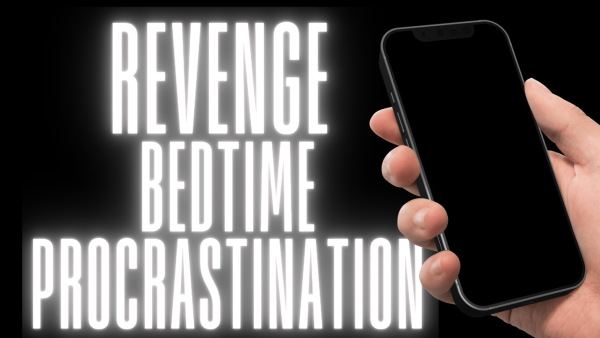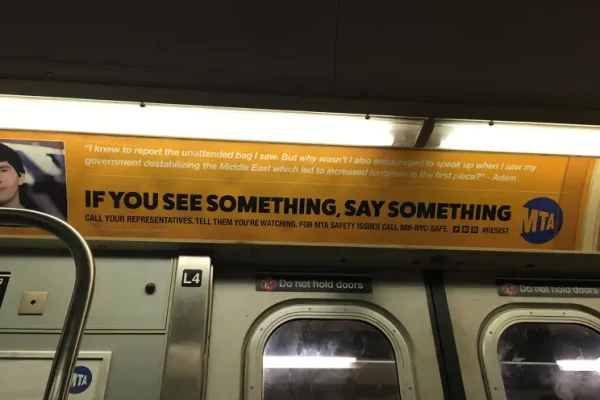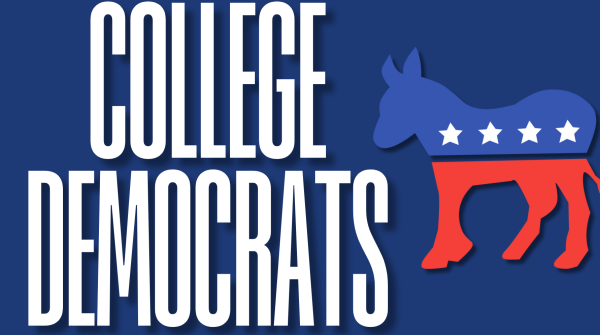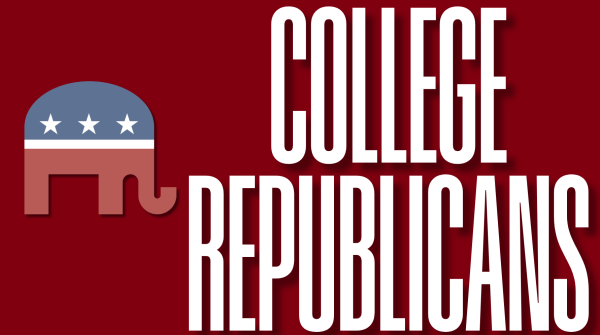To Live or Not to Live: An Unfortunate Question Posed By U.S. Healthcare System
Individuals with diabetes should not be forced to ration their insulin the same way you ration out the last bit of your International Delight French Vanilla coffee creamer until your next grocery run. Unfortunately, this is the sad reality of America’s healthcare system for 16% of insulin users.
Insulin was never intended to be a market for profit. One of its creators, Frederick Banting, actually refused to add his name to the patent because he believed that he would be violating the Hippocratic Oath by profiting off the life-saving drug. Banting stated: “[Insulin] belongs to the world, not me.” Before its creation in 1921, individuals with diabetes did not have long lives. We live in a modern age with groundbreaking technological advances across various fields of study, so why should this fact still hold true for many over a century later?
Here’s why: three drug manufacturers dominate the insulin market in the United States. They are Eli Lilly, Novo Nordisk and Sanofi. 8.4 million people with diabetes in the United States rely on insulin from these companies as they supply around 90% of our country’s insulin. Eli Lilly recently announced that they are capping insulin prices at $35 a month. This comes after the Inflation Reduction Act capped insulin costs for seniors on Medicare at $35.
While these are efforts to cap insulin list prices, they are not enough. When the sticker price of insulin is high, many insured diabetic individuals have their co-payment to cover most of the costs. However, what about uninsured individuals? They are the most vulnerable consumers when it comes to list prices. When the list price is high, uninsured individuals have to pay the price out of pocket and many cannot afford it. The average cost of insulin in the U.S. is $98.70 per vial. If a patient needed 60 units of insulin per day, six vials are needed to cover their need for 90 days. Such a need amounts to $2,467.50 annually, and this is only the case for one example patient with one specific set of dose instructions. This number can increase by thousands for many patients in the United States. Not everyone who has diabetes uses insulin, but for those who do, not having access to it can be deadly. It doesn’t sound to me like Banting’s goal of effectively providing insulin to the world is being achieved. Companies are profiting off of patients’ needs for life-saving medicine? How is that right?
Spoiler alert: it’s not. The cost of this medication is not just a burden to individuals with diabetes, but their families as well, just like with any other health concern. Imagine losing a child, not because they could not beat a health condition, but because they couldn’t afford the medication needed to live with it. Unfortunately, this is the sad reality of millions of Americans suffering from all sorts of health conditions, and in this case, specifically diabetes. Activist Nicole Smith-Holt lost her 26-year-old son Alec because he could no longer afford insulin. He was aging out of her insurance when he turned 26, and he decided that his most financially suitable option was to go uninsured and pay out-of-pocket for his insulin. When it came to buy his first supply, he could not afford it and tried to ration the insulin that he did have until his next pay day, but could not make it and he died. 16% of insulin users have rationed their insulin just like Alec.
To make matters worse, insulin list prices have risen over 1,000% in the last 30 years. That said, some are making the effort to make insulin more affordable. California announced that it was planning on producing its own insulin to provide to people at cheaper costs, for example. This seems to be a step in the right direction, as I doubt the inventors of insulin wanted their goal of providing insulin to all who need it to be monopolized by one group of producers. In an effort to ensure that we make strides toward more affordable healthcare, I think Banting would advocate for more states to join California in producing their own insulin.
There must be a reason they haven’t, right? Well, yes, insulin is expensive to produce, but that doesn’t mean we shouldn’t try to find ways around it. As many Americans (and even non-Americans) are aware, the United States, as “advanced” and “politically dominant” as it may be, falls well behind in the world of healthcare. The U.S. is one of few countries in the West without a public health system. This is best demonstrated in a Price Index Analysis where “the average U.S. manufacturer price per standard unit across all insulins was $98.70, compared with $6.94 in Australia, $12.00 in Canada, $7.52 in the United Kingdom, and $8.81 across all non-U.S. OECD countries combined.”
Despite America’s inferior ranking in the world of public healthcare, there is hope. President Joe Biden did call for capping insulin copays for everyone in his recent State of the Union address. Sen. Bernie Sanders and Rep. Cori Bush recently introduced a bill to cap insulin’s list price at $20 per vial. There have also been other efforts to demonopolize the insulin market. A non-profit named Civica Rx is planning on selling cheaper versions of insulin. There was also a change passed in the American Rescue Plan that will call for drug makers to pay a penalty to Medicaid for drugs like insulin that have had steep price increases. This does not relieve calls to cap insulin prices, as federal action is still needed. Price reductions are voluntary by drug makers so we can only hope that with more efforts, we will see federal action and a more affordable, accessible healthcare market to those who need it. Rather than scarcity, let’s hope for surplus for each and every affected individual in our healthcare system today.
Nicole Rios, FCRH ’25, is an English major from Westbury, N.Y.





































































































































































































